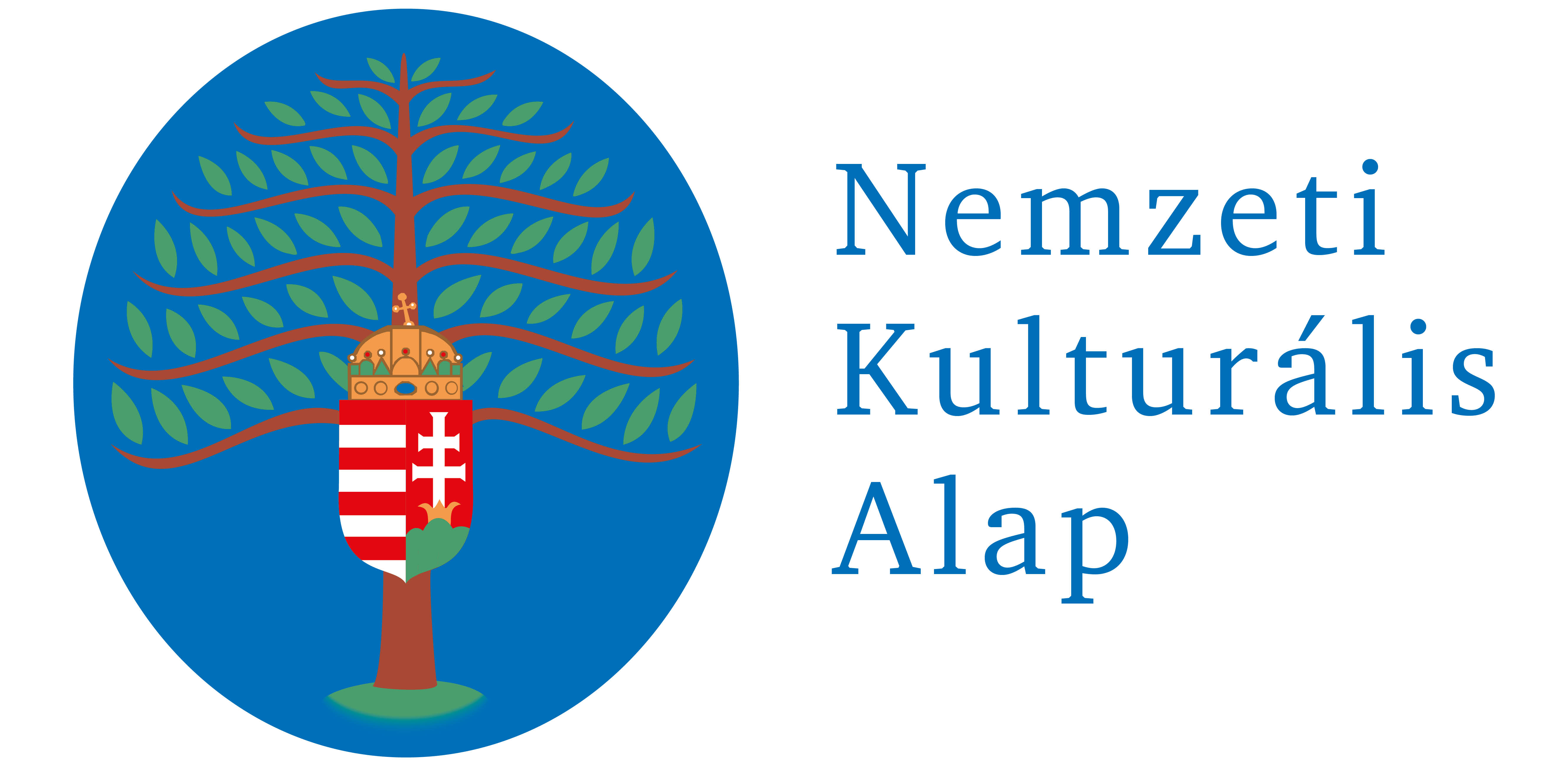Naptár
2024. április 15–19.
2024. április 20.
Eötvös József Kárpát-medencei középiskolai szónokverseny
2024. április 24. – május 3.
Tovább...
2. 2010.
Abstracts in English
Studies
Szilassy, Eszter
The approach forming effect of first language education –
attitude analysis at the Zsigmond Király Főiskola (King Sigismund College)
First language teaching at school plays a key role in shaping the way we think about language use. The view based on the dichotomy of correct versus incorrect and favouring the role of standard has to be replaced by the approach to first language education with the notion adequacy in its centre, emphasizing multi-level language use. The present study aims to prove the effect of the latter view. An attitude analysis has been carried out at Zsigmond Károly Főiskola. The survey shows that young people in their twenties have been moving their views of language use towards communicativity, functionalism, register, and aligning to communicative situations. It also shows that the discriminative, sometimes impetuous attitude has been decreased when adjudging different phenomena in language use.
Examining teacher’s text-comprehension-developing and
ICT (information and communication technology) competence
The paper presents the results of a study which examined the attitude of teachers in vocational education towards the development of text comprehension and their routines of using different teaching aids. For students in vocational education, it is especially important to possess appropriate text comprehension skills and effective communication skills, as they need to succeed in work right after leaving school. To develop these competences is primarily the responsibility of the teachers of Hungarian. The efficiency of their work is strongly influenced by their motivation for and attitude towards the development of text comprehension and their routines of using different teaching aids. For this reason, this research discusses this topic in great detail, with special attention to the interactive whiteboard opening new perspectives in the development of text comprehension. The study also examines the view of teachers about differentiated instruction and its application.
Workshop
The meaning of the overall structure and of each component of the communicative competence has been extending in its content. This is not surprising, as communicative competence is relevant to many fields of science, education and the labour market. As there is no general definition for communicative compentence and thus the term has a widely-spread connotation, it is often accompanied with terminological confusion or even with chaos sometimes. The aim of this study is to follow how the notion of communicative competence has developed and how its meaning has changed through various fields. It also aims at giving and organisational framework for the notion communicative competence. This paper focuses mainly on psychology, pedagogy, linguistics, and first and second language teaching, but it also pays attention to education policy. It also aims to reveal the scientific background of the attribute communicative as well as the development of the notion competence. The study with tables in the appendices finishes with a figure illustrating the components of the communicative competence in first language.
Project method in the practice of a vocational school
This paper describes one of the project days organized at the Jálics Ernő Szakképző Iskola (Jálics Ernő Vocational School). It emphasizes that the most optimal phase for project teaching is in the 9th and 10th grade. In these two years, students still have a high number of general classes but also vocational ones and the apprenticeships have already started as well; therefore, each topic can be discussed from several perspectives. For this, however, it is inevitable that teachers are open and creative and willing to collaborate with each other. Experience shows that the project method develops the basic skills as well as the professional competence of the students. This paper discusses the structure of the project Fűszerek (Spices) in detail. Then it presents six lesson plans and other teaching resources within the project. It emphasizes the importance of different methods of text comprehension, the development of text comprehension and production, and the application of cooperative techniques.
The teachers of Hungarian as a first language confront with the fact day by day that their students speak not only colloquial language, but also the so-called youth language and other different in-group languages. These in-group languages are usually the particular registers of certain youth subcultures. This study presents this kind of language reality and shows how to use in-group language in first language classes. It is demonstrated by the sociolect of graffiti-making young people. The first part of the study is about how teachers of Hungarian can use youth language (including graffiti language) during teaching. Among others, the main aim is to motivate students and to bring the teaching material closer to them. In the second part, those chapters of the curriculum in primary and secondary school are discussed where students receive specific assignments related to graffiti language.














